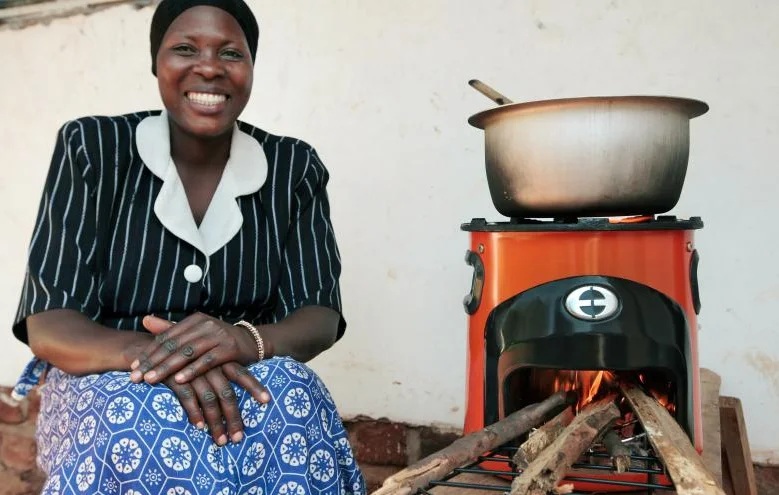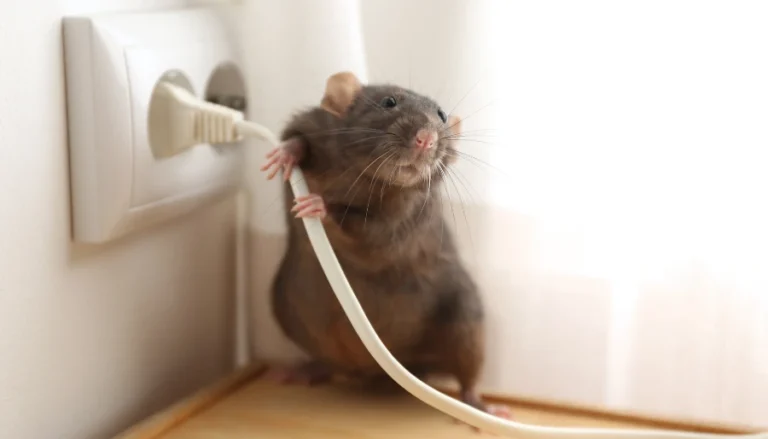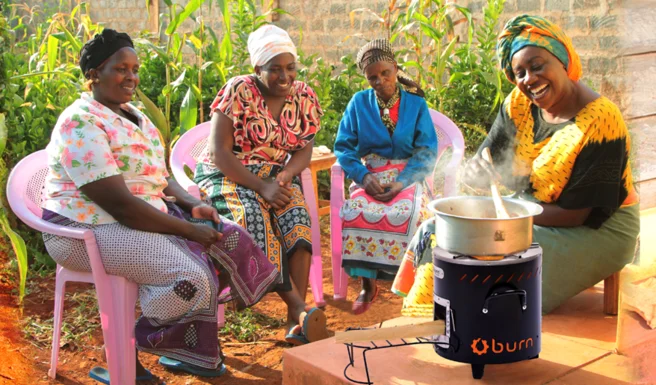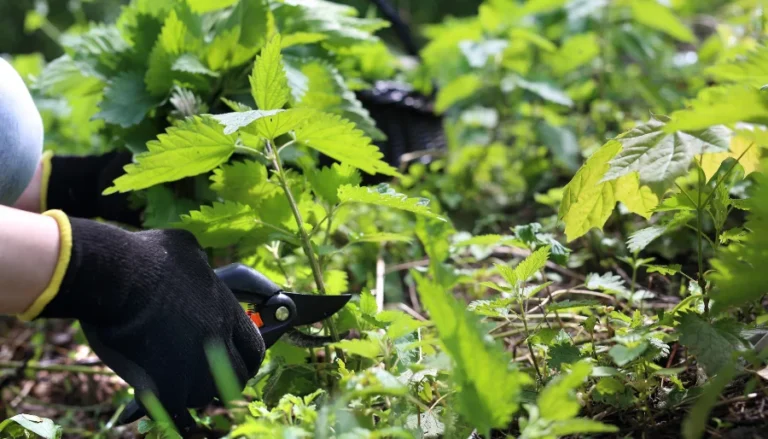The Booming Business of Carbon Offsets: A Closer Look at Cookstove Projects
In the thriving, and often super shady, world of carbon-offset schemes, clean cookstove projects have emerged as a star player. They’re promising not only a reduction in greenhouse gas emissions but also significant health and social benefits.
These projects, widely adopted as a nature-based solution, aim to replace traditional, smokey cooking fuels like wood, paraffin, or kerosene with cleaner alternatives.
They’re often touted as not just a tool in the fight against climate change by cutting down greenhouse gas emissions and fighting deforestation, but also a lifeline for improving the quality of life in developing regions.
The Hard Truth About Cookstoves: A Thousandfold Overstatement
However, an eye-opening study in Nature Sustainability has thrown a wrench into the works, suggesting these projects may be overplaying their hand. The research points to an average overstatement of climate benefits by a staggering 1,000%. It’s a revelation that shakes the very foundation of these initiatives, considering the scale at which they operate.

The Underlying Issues: Inadequate Standards and Misaligned Incentives
The trouble seems to stem from the criteria used to generate carbon credits. Researchers at the University of California, Berkeley, found that most cookstove projects did not meet World Health Organization standards.
This discrepancy raises questions about the actual impact these initiatives have on reducing emissions and protecting biodiversity. The problem is exacerbated by projects overestimating stove usage and its benefits for local forests.
A Deep Dive into the Flawed System
Annelise Gill-Wiehl, a PhD student at UC Berkeley and lead author of the study, highlights this issue clearly. She states, “Comprehensively assessing the five major cookstove offset methodologies, we find that our sample of 40% of the market is 9.2 times over-credited. Extrapolating to the entire market, we find roughly 10 times over-crediting.” Her words highlight the scale of overestimation, pointing to a systemic issue in the carbon credit market.

The Debate Among Certifiers: A Clash of Perspectives
Verra and Gold Standard, two leading certifiers of carbon credits, have voiced their disagreement with the study’s findings. While Gold Standard acknowledges some over-crediting, it asserts that its methods, which involve direct monitoring of stove usage, are only 1.5 times over-credited.
Verra, on the other hand, has expressed disappointment in the continued attention on the study and is working on developing a new methodology that reflects current best practices.
The Way Forward: Reform and Accurate Measurement
Despite these criticisms, there is consensus on one point: the need for reform in the way carbon credits are produced and validated. With the Berkeley Carbon Trading Project’s Barbara Haya emphasizing the need for quality in the market, and companies like ATEC collaborating with UC Berkeley for accurate measurement, there’s a clear path toward more reliable and trustworthy carbon offsetting.
Conclusion: A Call for Integrity in Carbon Markets
The cookstove saga is a cautionary tale about good intentions potentially leading to unintended consequences. As the voluntary carbon market faces scrutiny, it becomes crucial to ensure that carbon credits are not just a token of environmental action but a genuine force for change.
More To Discover
- Study Shows Killing ‘Outsider’ Animals May Hurt, Not Help, Nature
- The UK Has A Biomass Problem: Sustainability Questions Threaten Green Energy Goals In Biomass Industry
- 3 Ways Farmers Can Use AI Right Now To Overcome Modern Agribusiness Challenges
- The Future of Eggs Is Here: Precision Fermentation Means Flocks Won’t Need To Produce Eggs
The future of carbon offsetting hinges on its credibility, and as Ben Jeffreys from ATEC puts it, ensuring that “a ton of emission reductions is actually a ton” is vital for the sector’s success.
Source: Nature Sustainability























